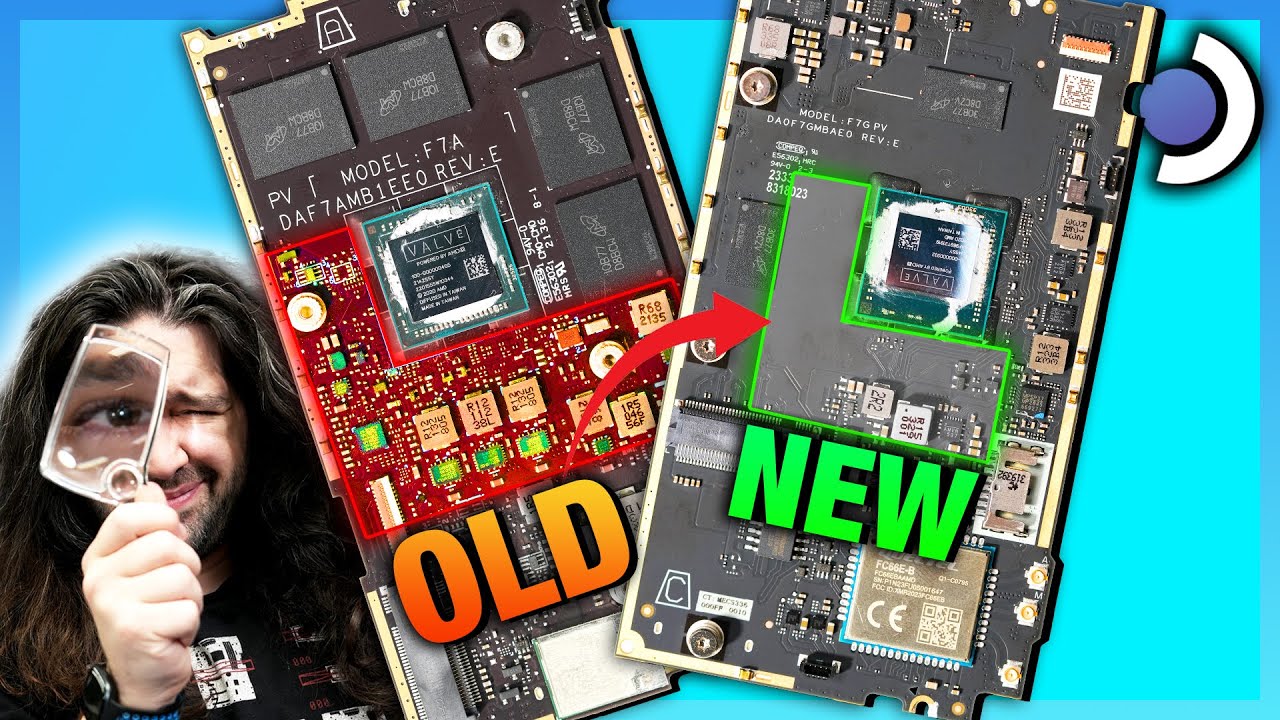The new Valve Steam Deck OLED didn’t just change the screen: Almost every part of the device has had some sort of revision, from the screws to the power topology of the motherboard. Some of these changes happened silently in the Voyager platform refresh for the Steam Deck, but the majority of large changes are brand new. Memory underwent relocation and now uses better modules, the cooling solution has had its fan flipped and thickened, and the controller component PCBs have had some consolidation and durability improvements. In this tear-down of the new Steam Deck OLED, we’ll compare the new Steam Deck vs. the original, old Steam Deck “LCD” model.



Even then you can just add a higher interest rate. You absolutely don’t need to held the company hostage until the heat death of the universe.
Are… Are you suggesting that there are potential ways a public company system could’ve actually been handled better, rather than the concept itself being flawed by nature?
I’m not saying I disagree, I’m just saying that possibility never occurred to me for some reason. (Maybe it’s my justice sensitivity complex acting up)
Yesn’t?
Like, the whole point of a public traded company is that anyone can come in and give money to the company and, in turn, they get money when the company is doing well, so the money you’ve paid is, hopefully, not lost.
I don’t know about you, but on paper, that sounds like bonds and basically every type of debt in existence.
The difference is the perpetual ownership of the company by shareholders. Consider someone who lent a company 20k, they now have an asset that grew immensely in value, it gives them money quarterly/yearly/whatever, AND they have decision power on the company, despite the fact that they have earned 100x what they lent.
Just changing the idea of stock to be something with an expiration date would remove most of the weirdness of the system, but at that point it isn’t really a public-traded company, is it?